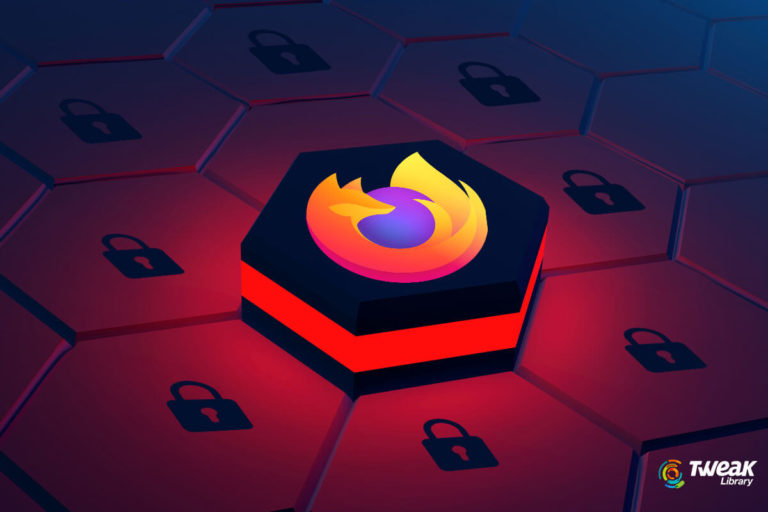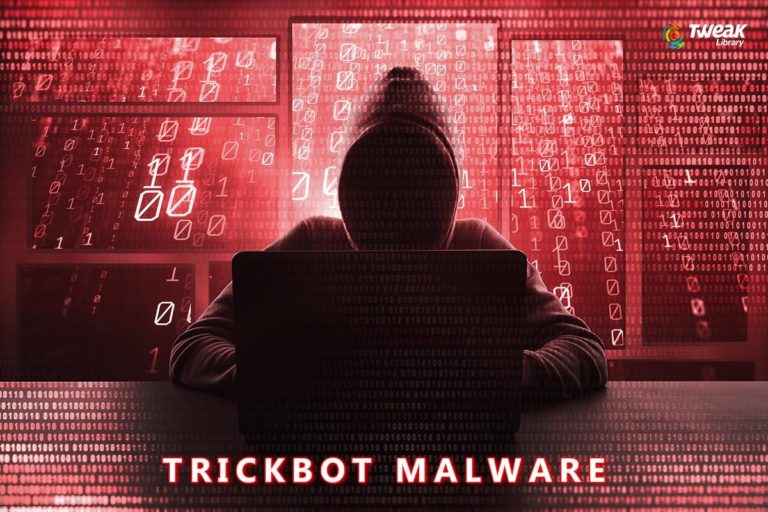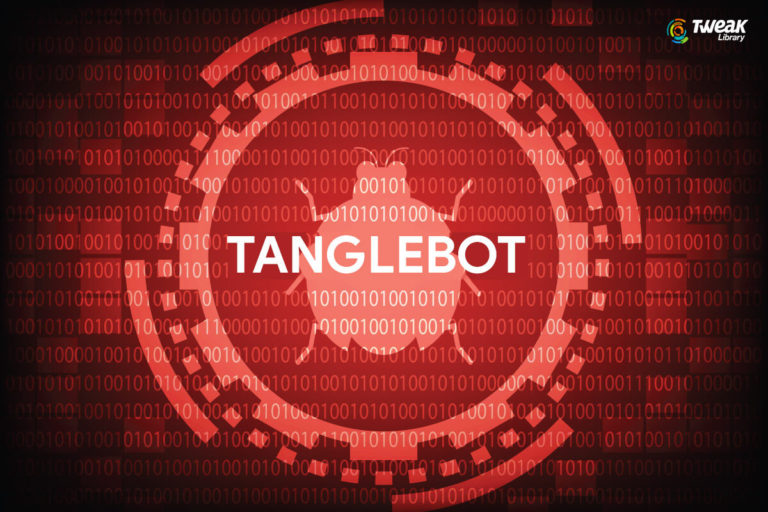Fileless malware are responsible for 15% of worldwide known cyberattacks today. 140 banks, telecoms and governments are affected by it. The malware has successfully made a comeback and become one of the most successful cyberattacks in human history.
Fileless malware affect RAM and does not leave any traces behind. Unlike the usual malware attack, the infectant disappears as soon as you restart your device but, the infection remains in your system.
Therefore, the question arises, can you combat what you can’t catch? Well, you may be able to do that! You just need to know how.

What are Fileless Malware?
They are malicious codes(Advanced Volatile Threat) that do not store themselves on hard drives but directly attack on memory i.e. RAM. Fileless malware were basically created to outsmart antimalware that detected malware hidden inside executable files.
Generally, anti-malware detects malware stored inside a hard drive. But fileless malware do not need any storage space, hence remain untraced by traditional defense systems. Additionally, fileless malware are resilient, hence more troublesome. Some examples of the malware are Phasebot(raw material to create virus for data theft), Poweliks(affects C&C server and invites other attacks) and Anthrax(affects files through computer memory).
The creators of ‘fileless’ malware have used PowerShell (a Microsoft tool) to execute memory focused attacks by using macros. Macros tell PowerShell to load malicious code in the computer’s memory. Macros, though used for automating tasks can be a medium for malware attacks in which malware can easily hide inside documents. They seem harmless and when opened ask to enable macros. As soon as macros are enabled, the malware hits the computer memory.
Also Read: Tips To Stay Safe From Cyber Attacks This Cyber Monday
How Can You Stop Them?
Fileless malware are old. Attackers used them in 90’s before Windows introduced Office XP (2001). But we still seem less equipped against the technique. The attacks may have made a comeback with the use of Dropbox and zipped file attachments, but, we can still stop them.
Here are some of the best practices that you must follow to evade fileless malware attacks.
- Get the Best Protection System
Half of your battle is won if you safeguard your device with the best possible defense system. Get a well-equipped anti-malware to combat any advanced attacks. Make sure that the system has good security capabilities and best heuristics behavior.
- Protect Your Email
Fileless malware use email attachments for spreading infection. Thus, ensure that you scan and strip your attachments and check link reputation. It can decrease the probability of attacks.
- Disable Macros
Enable macros only if required. For example, you do not need macros in a word processor. You must install the latest MS Office version to prevent such attacks through word documents.
- Employee Education
Security best practices cannot be implemented unless employees are educated enough. Tell your employees not to open suspicious emails and disable macros as far as possible.
Only healthy security practices combined with adequate defense tools can help stay secure against malware attacks in the long run. We hope that you follow these easy yet important steps to keep your system safe from Fileless Malware!
Next Read: What is a cyber-attack and how it affected us this year?






Leave a Reply